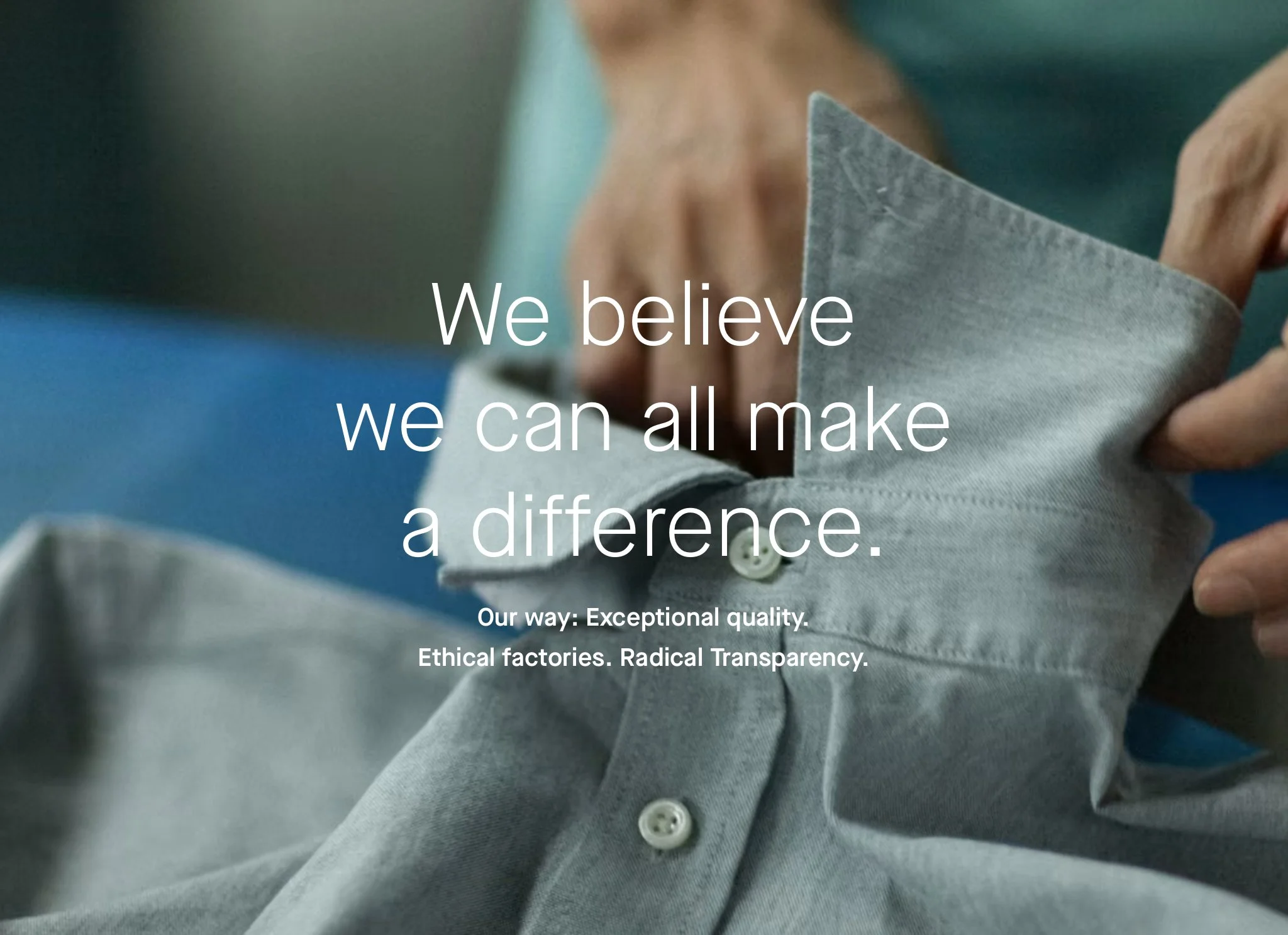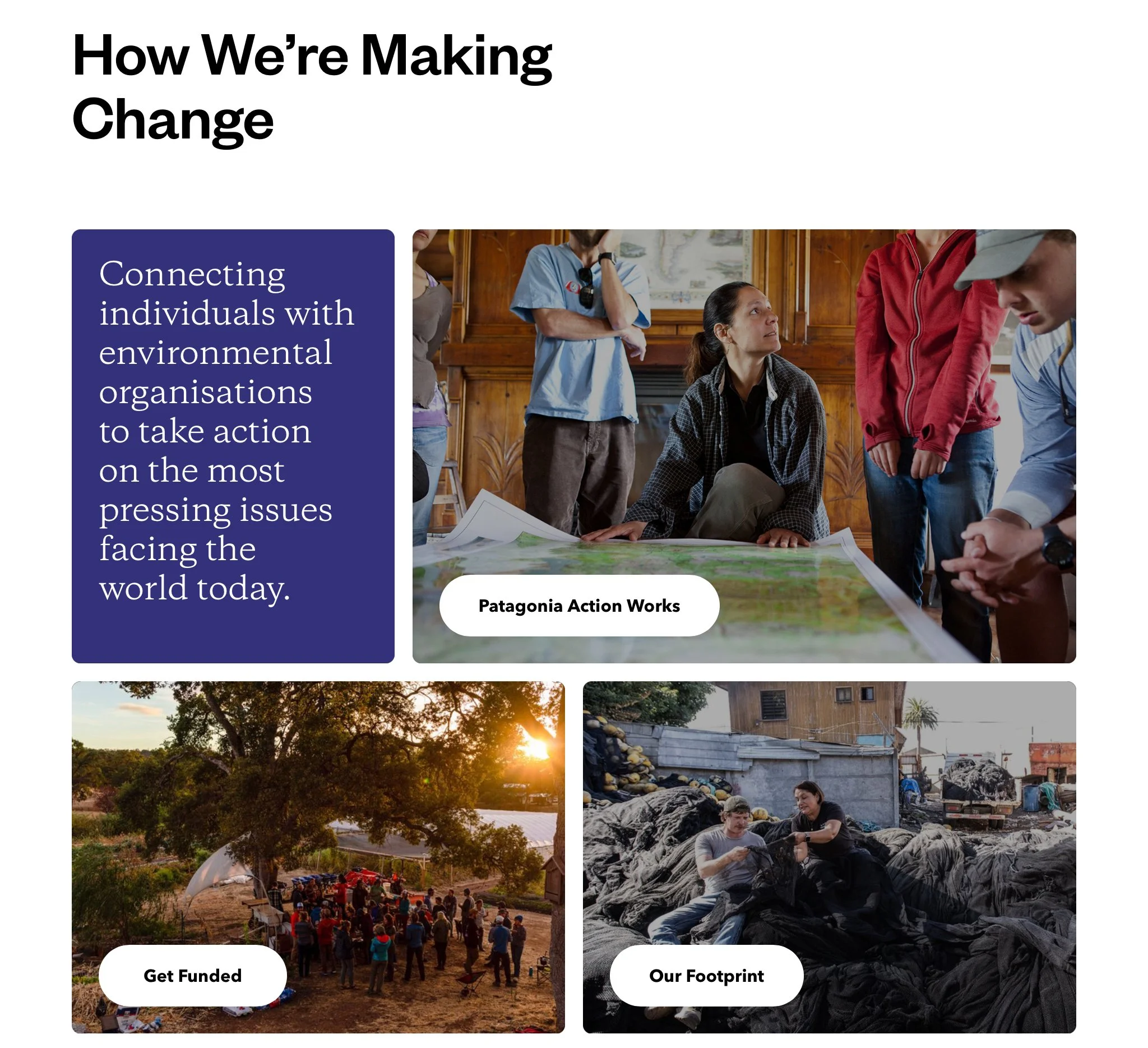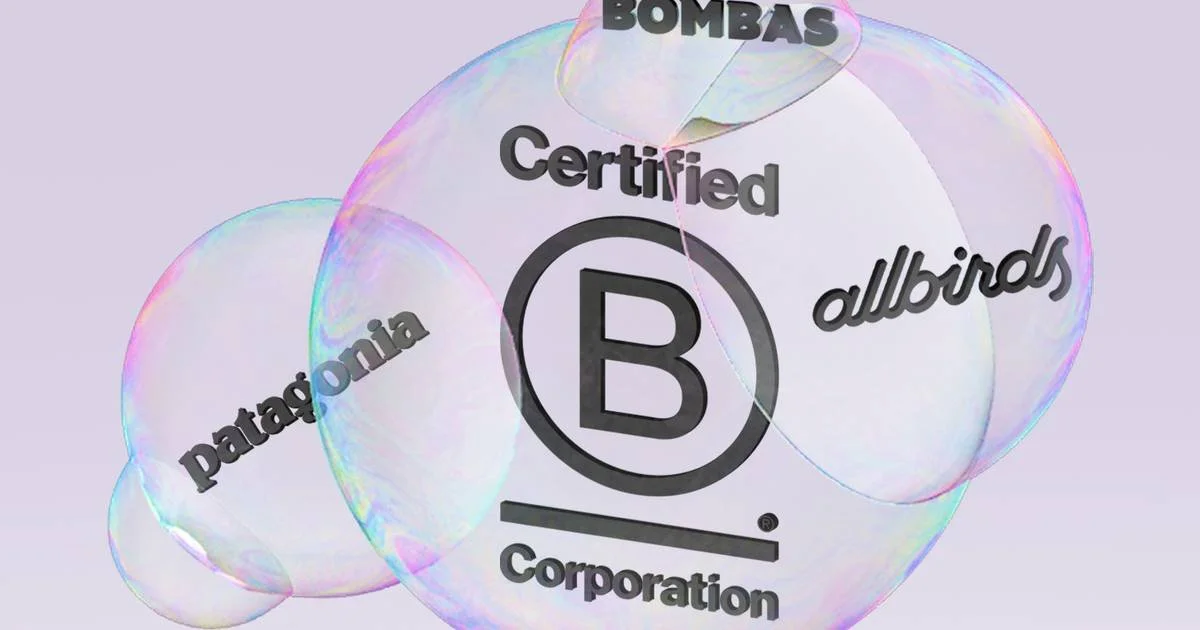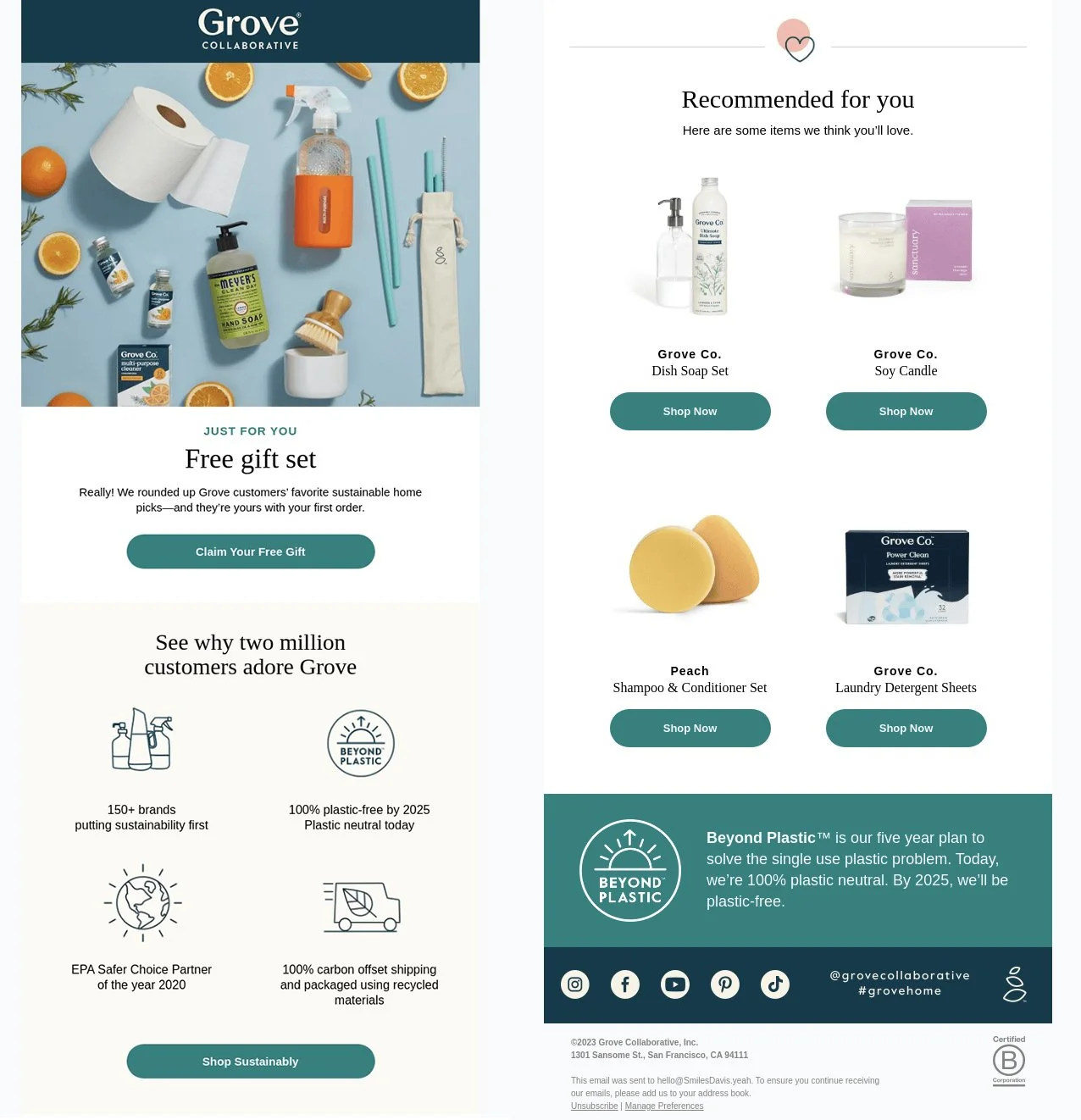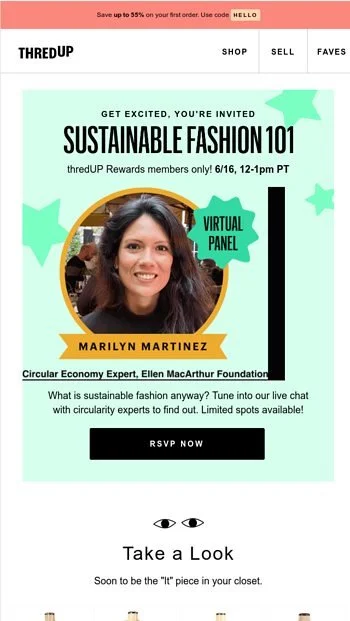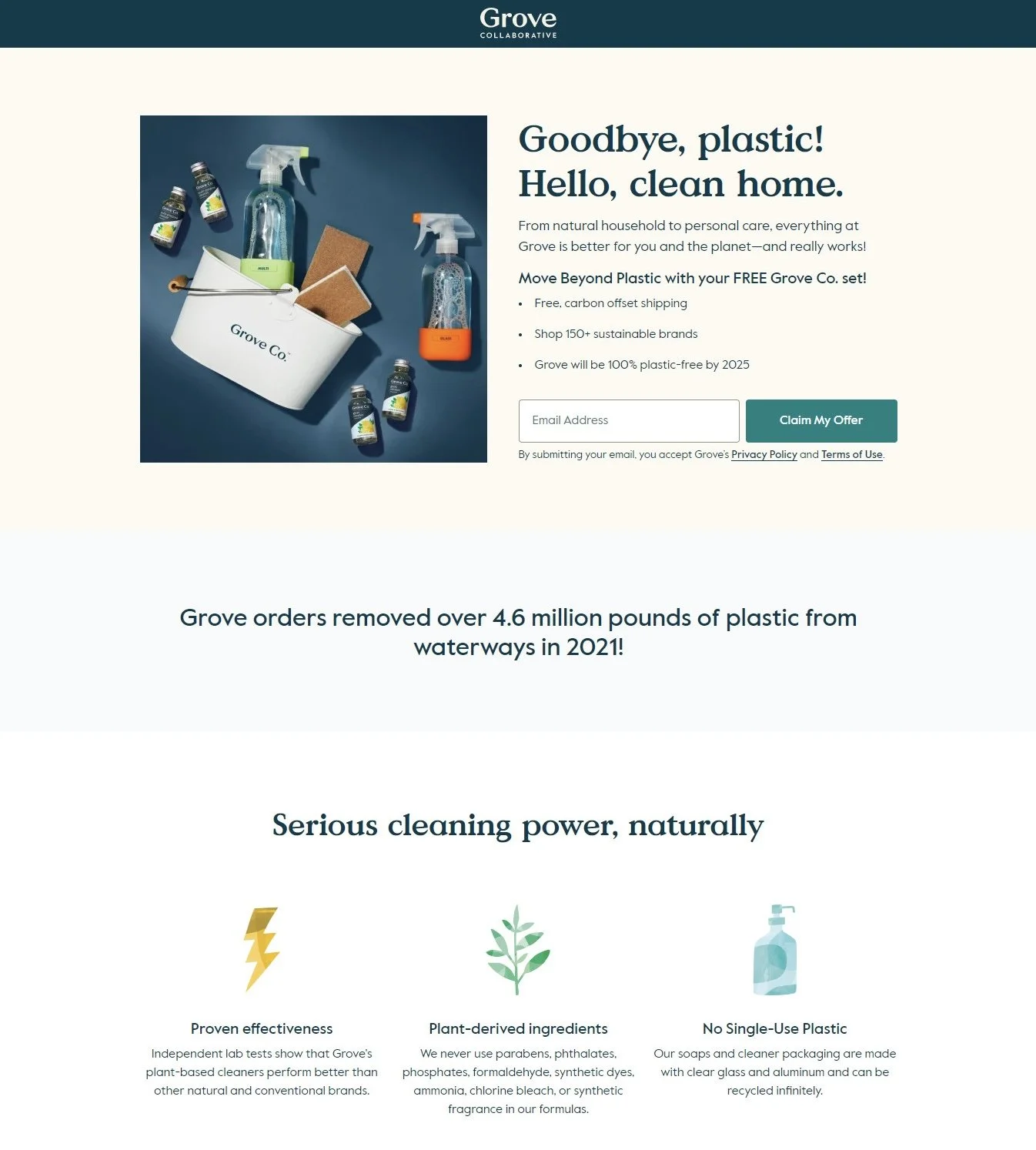Green is the new black
The landscape of consumer behaviour is shifting dramatically, with sustainability emerging as a critical factor in purchasing decisions. For direct-to-consumer (DTC) brands, this presents both a challenge and an opportunity to authentically communicate their commitment to sustainability. Find out how leading DTC brands are successfully integrating sustainability into their messaging and the lessons we can draw from their approaches.
The Evolution of Consumer Preferences
Recent studies indicate a significant shift in consumer behavior towards sustainability. According to an Ipsos study, nearly 70% of U.S. consumers prefer brands that prioritize sustainability. This preference isn't merely about feeling good; it's about aligning purchasing decisions with personal values. For brands, this shift elevates sustainability from a nice-to-have feature to an essential element in building and maintaining customer loyalty.
Effective Strategies for Communicating Sustainability
DTC brands are employing several key strategies to effectively communicate their commitment to sustainability:
1. Transparent Storytelling
Transparency forms the foundation of any credible sustainability strategy. Consumers are increasingly interested in the story behind their purchases – the origin, production methods, and environmental impact.
Everlane exemplifies this approach with its "radical transparency" policy. The brand doesn't just claim ethical production; it provides detailed information about its factories and breaks down the true cost of each product. This level of openness builds trust and reinforces Everlane's commitment to sustainability.
2. Highlighting Sustainable Practices
Brands are moving beyond mere claims of sustainability to showcasing specific practices that demonstrate their commitment. This includes using recycled materials, reducing waste, and minimising carbon emissions.
Patagonia stands out in this regard, consistently emphasizing its use of sustainable materials, fair labor practices, and efforts to reduce environmental impact. The brand goes as far as encouraging customers to buy less and promote product repair and reuse. This approach not only differentiates Patagonia but also strengthens its relationship with environmentally conscious consumers.
3. Leveraging Certifications and Labels
Third-party certifications and labels play a crucial role in building credibility. Brands are obtaining and prominently displaying certifications like B Corp, Fair Trade, or organic labels to provide external validation of their sustainability claims.
Allbirds, known for eco-friendly footwear, effectively uses this strategy. The brand emphasises its carbon neutrality commitment and use of sustainable materials like wool and eucalyptus. By highlighting these certifications, Allbirds reinforces its sustainability credentials and distinguishes itself in a competitive market.
Email Marketing's Role in Promoting Sustainability
Email marketing remains a powerful tool for brands to communicate their sustainability efforts directly to consumers. DTC brands are using email in several ways to promote their eco-friendly initiatives:
1. Personalised Messaging
Brands are tailoring their sustainability messaging to resonate with individual customers, highlighting products or practices that align with their values. Grove Collaborative, for instance, offers personalised recommendations for sustainable household products based on customers' buying history.
2. Educational Campaigns
Education is a crucial component of any sustainability strategy. Brands are using email campaigns to inform customers about the importance of sustainability and guide them towards more environmentally friendly choices.
ThredUp, an online second-hand clothing retailer, uses email to promote the benefits of buying second-hand and reducing textile waste. Their campaigns often include statistics on the environmental impact of fast fashion, encouraging consumers to make more sustainable choices.
3. Engaging Calls to Action
Email provides an excellent medium for encouraging consumers to take action. Brands are using this channel to drive meaningful engagement, whether it's participating in recycling programs or pledging to reduce carbon footprints.
Grove Collaborative exemplifies this approach, featuring calls to action in their emails that encourage customers to make simple, sustainable swaps in their daily lives.
While the shift towards sustainability presents numerous opportunities, it also comes with challenges. Brands must navigate the fine line between genuine commitment and greenwashing, where sustainability claims are exaggerated or misleading. Authenticity is crucial, as consumers are quick to identify disingenuous practices.
However, for brands that approach sustainability genuinely, the opportunities are significant. Embracing sustainability can differentiate a brand, build deeper connections with audiences, and drive long-term growth.
The key takeaway for brands looking to follow suit is clear: sustainability isn't just about the products sold—it's about the values communicated and the actions taken. By making sustainability a core part of brand messaging, companies can build stronger, more meaningful connections with their customers while contributing to a better world.


